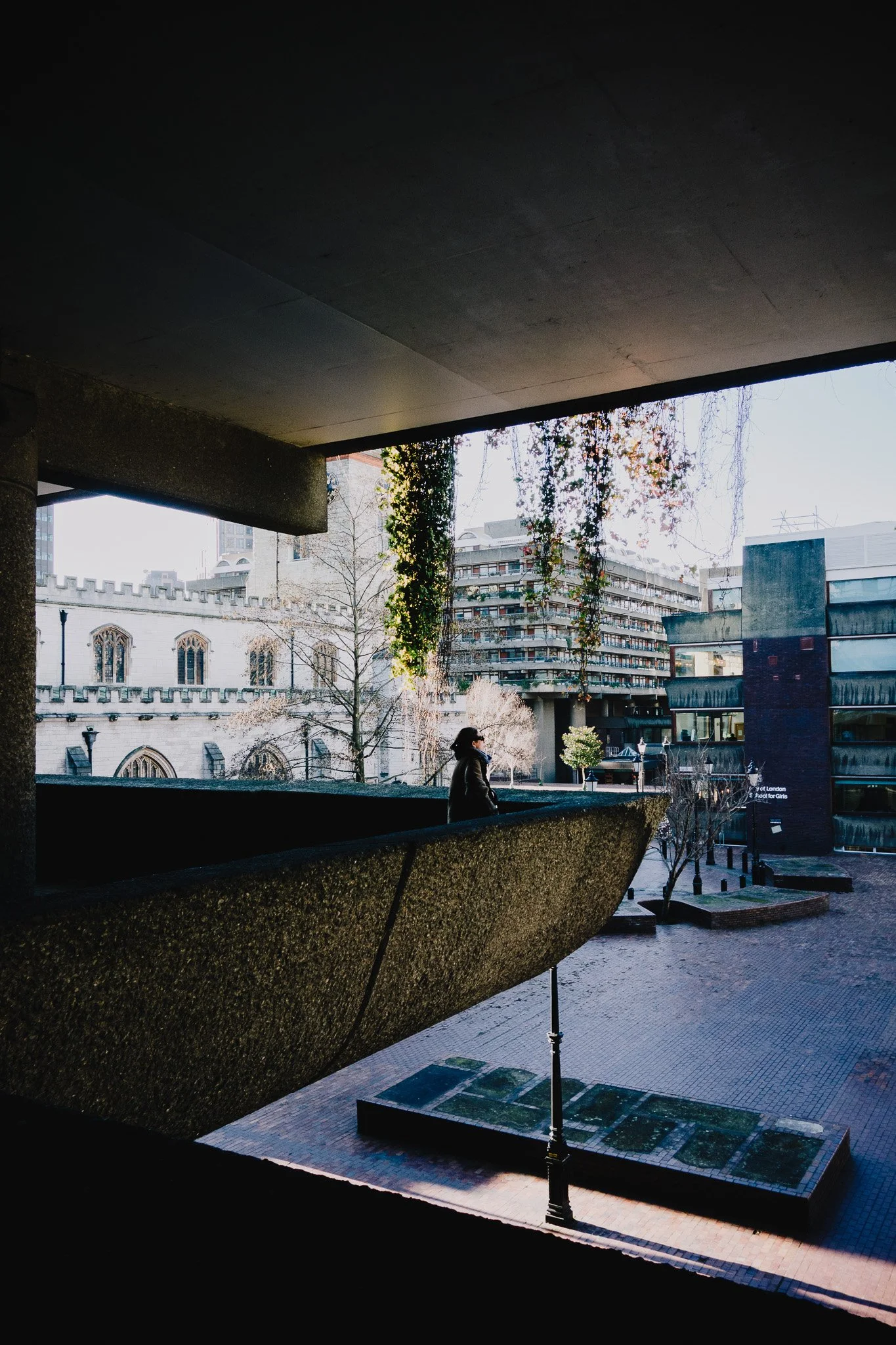Using the original Sony RX100 M1 (original) as my go-to backup camera
Why I chose the Sony RX100 M1: A pocketable point-and-shoot companion
Last year, there were a few occasions where I wanted to bring my Fuji XT5 along with me, but couldn’t. This was either out of fear of damaging it whilst doing something adventurous (e.g. mountain biking) or venue restrictions at music gigs / festivals. So I needed an alternative to help limit my collection of “photos that could have been but never were”.
How I decided the RX100 was the one
I was after something that could fit in my pocket and wouldn't break the bank if anything happened to it. After research on YouTube I landed on the original Sony RX100 M1. This video by One Month Two Cameras and this video by MUM ZUAZ were the main inspiration.
At £230 via eBay (price as of June 2024), it wasn’t that hard of a decision in comparison to trying to justify dropping over £1K for something like the Ricoh GRIII.
At this price, I don’t have the anxiety of losing or damaging it unlike my XT5.
First impression; a few shots taken from my limited outings with the RX100
Note - These images have been edited in Lightroom, so not the “out the camera” look.
What I love about the RX100
Truly pocketable: It's a compact camera with solid build quality. You can easily slip it into a coat pocket or small sling bag. It's discreet and doesn’t scream “hey I’m taking photos” like a bigger camera setup.
Great image quality: You can shoot in RAW + JPEG, and the black & white filter gives a good filmic look, which often only need quick contrast and exposure tweaks.
Versatile lens: The 28-100mm zoom lens offers plenty of flexibility. There's also a customisable control ring at the front, which I've set for quick exposure compensation adjustments in aperture or shutter priority mode.
The trade-offs
No viewfinder and fixed screen: As someone who relies on a viewfinder, adapting to its absence has been a challenge. The fixed screen can make framing tricky at odd angles or in bright sunlight.
Less filmic look: While the black and white filter looks great, the others do not match the filmic vibes of Fuji Film Simulations. I find myself doing more editing in Lightroom as a result.
Fiddly controls: There's no touch screen, and the controls can be a bit finicky. It's not ideal if you prefer shooting in manual mode most of the time, but it's fine for point-and-shoot.
Should you get this camera?
If you're in the market for an affordable, pocketable point-and-shoot as a secondary camera, then absolutely.
I sometimes wonder if I should upgrade to the Mark 3 for the built-in viewfinder, but then I remind myself of the classic photographer's dilemma: always chasing the perfect setup, which doesn't exist – there are only trade-offs.















